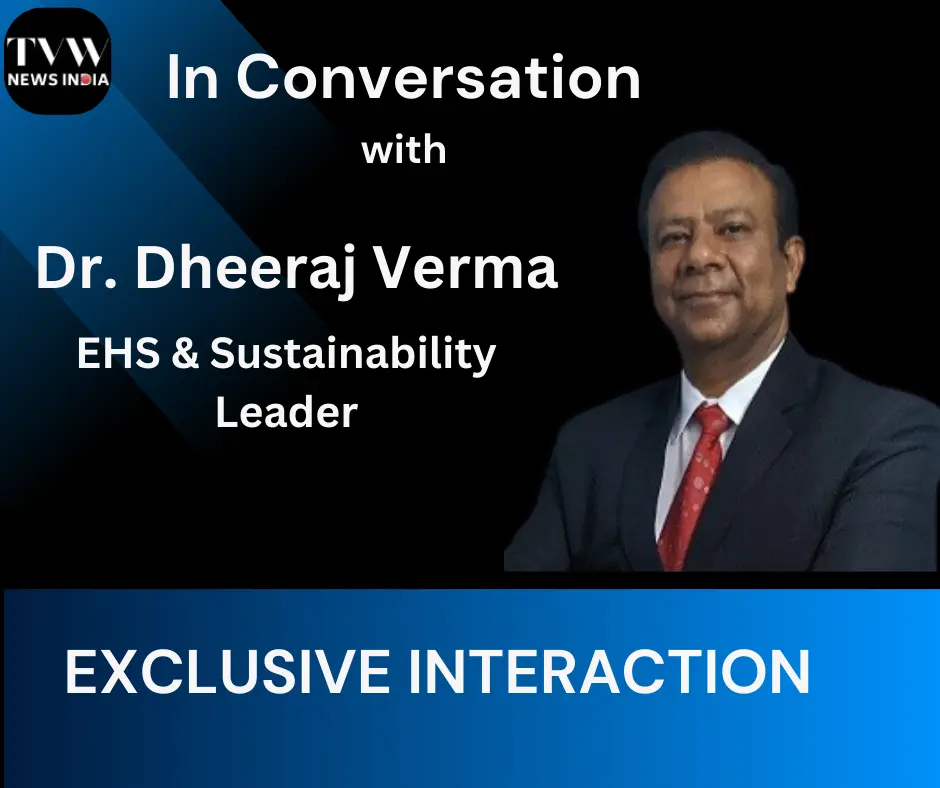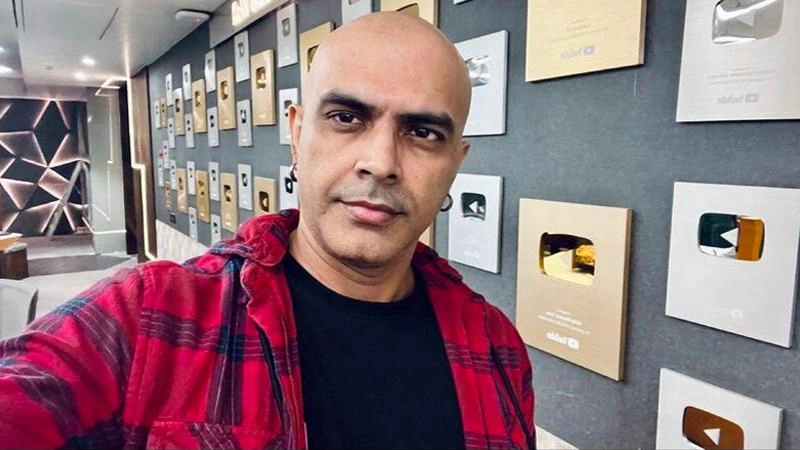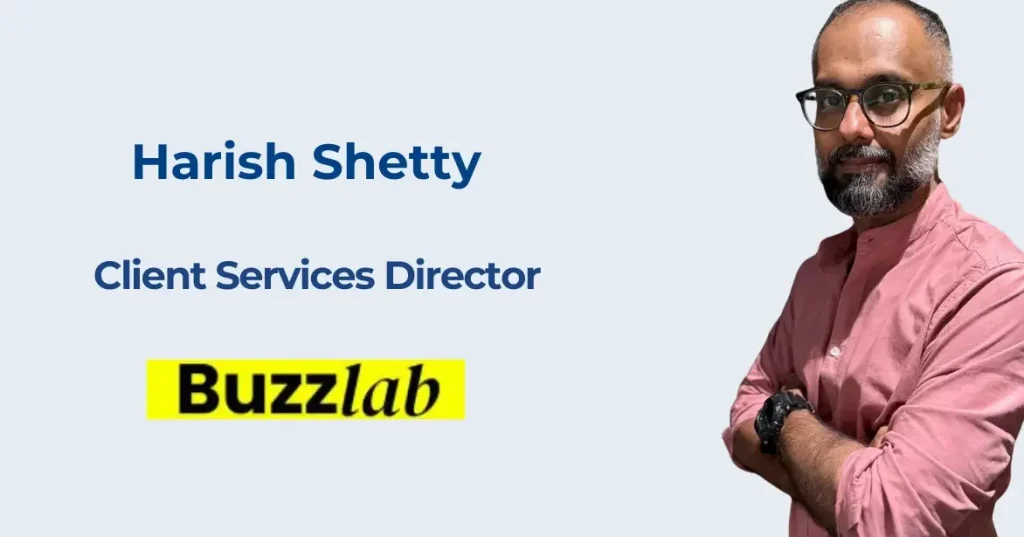In an insightful discussion with Shiva, Deputy Editor of TVW News, Dr. Dheeraj Verma, an EHS and Sustainability leader with over 33 years of experience, shares his journey and observations on the transformative changes within the field. From the evolution of safety as a regulatory requirement to a core organizational value, to navigating the increasing complexities of environmental regulations, Dr. Verma offers a unique perspective on the milestones that have shaped EHS practices. This interview delves into his reflections on emerging trends in carbon reduction, strategic integration of EHS into business practices, and the future of sustainability, while also shedding light on his leadership approach and commitment to fostering a culture of safety and environmental stewardship.
With 33 years of experience in EHS and Sustainability, what are some of the biggest changes you’ve witnessed in the field?
Over my 33-year career in EHS and Sustainability, I have witnessed several changes, but I would like to mention a few which I feel are significant.
Initially, the position of safety in the organisation was to fulfil the regulatory requirement, but now realising the benefits, organisation’s employ safety officer even when not mandated by regulations. Safety and security were considered synonymous. Earlier, if you mentioned safety officer it was perceived as security officer, but now the safety position is well understood and valued as a core function.
Regulatory requirements and their compliances have increased substantially with frequent updates. New rules on environment protection got introduced e.g., on waste management: hazardous waste, solid waste, E waste, plastic waste, construction and demolition waste, bio medical waste. Rules on environmental impact assessment, ozone depleting substances, noise pollution, batteries, energy conservation, biological diversity act etc. Standards on Environmental Management System, ISO 14001, Occupational Health & Safety Management System, OHSAS, now ISO 45001, ISO 50001, Energy Management System, all got introduced during my working career.
Similarly, safety regulatory requirements e.g., Factories Act and Rules, Central Electricity Authority Regulations, Gas Cylinder Rules, Static and Mobile Pressure Vessel Rules, Petroleum Act and Rules, National Building Code etc, have seen enhanced amount of understanding and their implementation. At the same time regulatory agencies are strict on implementation and impose heavy penalties on non-compliance. The concept of online monitoring for water and air emission with prewarning levels got introduced.
Earlier, the understanding of safety management was mostly the use of Personal Protective Equipment, like Helmet, Gloves, Shoes etc, but now the concept of safety management is better understood and Hierarchy of Controls: Elimination, Substitution, Engineering, Administrative and PPE as preventive approach are well known.
To summarise, there is significant change in regulations, appointment of safety officers beyond the regulatory requirement, introduction of EHS and Energy Management systems, better understanding of EHS and recognition of the work by EHS professionals. The change is from considering EHS as a regulatory requirement to discussions in Board Room now. Sustainability concepts are well recognised in terms of resource conservation, change in focus from shareholders to stakeholders and good governance practices. Organisations also deploy the external auditing agencies to ensure that requirements related to EHS are well implemented by the organisation. The journey which started with safety got extended to environment and now integrating sustainability.
You mentioned expertise in carbon foot printing. How do you see carbon reduction strategies evolving in the coming years, particularly in India?
As per the updated NDC, (Intended Nationally Determined Contribution) India stands committed to reduce Emissions Intensity of its GDP by 45% by 2030, from 2005 level and Net Zero by 2070. This target is very well publicized by the government and the contribution to actions is coming from private sectors, public sectors, communities, and government policies. Organisations are laying focus towards green power or power from renewable sources and phasing out the power coming from thermal and fossil fuels. Similarly, organisations are shifting to cleaner fuel for use in boiler, ovens, furnaces, captive power generations etc. The life cycle of the product is considered during design and focus is on efficiency. The carbon emission while manufacturing the product may range about 5% while rest of the emission happens during the product use. Automobiles, construction equipment, machines, motors, star rated consumer electrical goods etc. are therefore gaining huge focus on their efficiency for reduced emission.
Organisations are taking voluntarily the targets for being carbon neutral in their operations including influencing the value chain partners to reduce their emissions in alignment with the national goal. Incoming and outgoing logistics including employee travel are on the radar for reducing emissions. Organisations are particular on monitoring and measuring their emissions as what gets measured gets improved. Carbon emissions by the organisations are measured on quarterly / yearly basis against their reduction targets. The progress including the improvement projects are reviewed at the topmost level.
To summarise, focus is on use of green energy, renewable energy, use of non-fossil fuel, energy efficiency, value chain partners, logistics and use of clean technologies with reduced or no emissions with effective monitoring of emissions and periodical reviews to assess progress.
Leading a team effectively is crucial in EHS. Can you describe your leadership style and how you motivate your team members to prioritize safety and sustainability?
My leadership style has always been simple but disciplined, and punctual. My bosses have given me a comment of working ‘like a clock’. I prefer to follow the philosophy of preponement rather than postponement, always accessible to people and connecting to the last person in the hierarchy. I have always kept a particular attention to my tone. The tone of how you speak matters a lot. I like to appreciate people for their work including small contributions. Though, soft but assertive to get the job done through regular reviews and follow ups. Lead by example is something which I have always demonstrated. Learning always continues. EHS and Sustainability are dynamic, and the changes and development happen at a fast phase and hence keeping updated through studies and learning is something on priority.
Organisations have given top priority to Safety along with Quality, Delivery, Inventory, Cost, Productivity, Morale. This gives a good leverage for taking EHS across the organisation. The top management demonstrates its commitment by issuing the EHS & Sustainability Policy, Strategy and reviewing the progress against Strategy, Objectives, and Targets through the Management Review and Board Meetings. This commitment of the top management acts as a catalyst to prioritise EHS and Sustainability across the organisation. Emphasis on proactive approach, leadership involvement, employee engagement, periodic reviews, motivational activities, theme-based audits, promotional campaigns, displays etc are all deployed to promote the implementation of EHS.
I always emphasise the bottom line of EHS management to identify the hazards/ aspects, assess the risk, develop controls, improvement projects including emergency control procedures, communicate and impart training on controls, review the implementation, ensure legal compliances, monitor and measure the progress and keep employees engaged through listening to their concerns, resolution, training, and motivating employees and the same goes with the environmental management system. I try to keep things simple, make understanding easy and make sure to emphasise that the safety is for them, and their family and the environment is air, water, land, flora, fauna, humans, and their interrelation which is essential for our life. Through these actions I have kept my team involved to follow the EHS & Sustainability.
How do you approach integrating EHS considerations into the broader business strategy of a company?
Identify what is relevant and material to you. The risk assessment and the aspect impact study will tell you what is relevant to your organisation. Through this you can identify the EHS improvement action plan and projects.
Use EHS as a marketing strategy. In the digital era, social media has a huge impact. Share your achievements and improvements in EHS. Align yourself with the relevant UN Sustainable Development Goals, have an action plan. Keep in mind the strategy for today and tomorrow. If you plot this in a 2 X 2 matrix what we do internally today inside the gated boundary of plant is “Prevention of pollution” it includes, the actions on energy, renewable energy, waste, water, GHG mitigation etc. When we consider the value chain of product today and integrate our suppliers, logistic partners, dealers, customers, end disposal of the product it is the “Product stewardship approach”, i.e., what we do today but outside the boundary of plant. To meet the technologies of tomorrow, R&D is important, the technology of today would be disrupted tomorrow and there are several examples for that. Prepare today for tomorrow through the “Clean Technology approach”. How do we plan to expand our business for tomorrow through the approach of reaching people at the “Base of pyramid”, connecting to mases, integrating societies and communities. When all the four approaches – ‘Prevention of pollution’, ‘Product stewardship’, ‘Clean technology’ and ‘Base of pyramid’ & Society engagement are equally emphasised the organisations tend to be sustainable, and this is the strategical approach recommended to be followed.
What advice would you give to companies just starting their EHS journey?
To begin with keep it simple. Have methodology for hazard identification, risk assessment, aspect impact study, designing controls keeping in mind the hierarchy of controls, do communication and training to those working on significant concerns, do the review and add the required improvements. Legal requirements compliance, employee engagement, having objectives & targets with roles and responsibilities identified with progress review are good initiatives to begin with. Another good suggestion is to go for ISO 45001 and ISO 14001, the Management Standards on Occupational Health & Safety and Environment Management System. These are international standards and are based on Plan, Do, Check, Act approach. Follow the concept of these standards even if you are not going for the certification.
The role of EHS professionals is becoming increasingly strategic. How do you stay updated on the latest trends and best practices in the field?
This is something very important and as EHS professional I must keep myself updated. Crucial is being aware of the updates in regulations which are happening frequently and for this I have used the subscriptions from the organisations who share regular updates, go through them to understand the new requirements, and then take up for implementation as relevant. Developing personal relations and being in touch with the peers and EHS leaders to discuss the good practices being followed as an exchange of ideas, I have always loved to do. To gain knowledge on sustainability, I completed my PhD degree in the year 2021. I always found interesting in my career to go for external assessments through CII, safety councils, auditing agencies, award applications, including being an assessor in some cases. This gives a good exposure and an opportunity to learn good and best practices. I also participate in external forums, panel discussions, sessions in universities, publishing research papers .
Given your experience with ISO standards (14001 & 45001), how do you see these frameworks evolving in the future?
In my opinion, as the sustainability reporting is getting extended to value chain, these standards would also reflect to cover the value chain which would be based on business contribution expense wise. As emission, waste generation and resource consumption are key aspects, focus would be on climate change, circular economy, green supply chain, sustainable business practices. The focus on what the organisations do within the boundary of plant to manage Environment, Health & Safety may get extended to the life cycle of the product. Material supplier selection, vendors, incoming and outgoing logistics, use of product, end of life. The whole life cycle of the product will be more sustainable and not just the actions within the plant boundary.
(Note: The views expressed here are personal and individual of the interviewee and in no way linked to any organisation)
Note: We are also on WhatsApp, LinkedIn, and YouTube, to get the latest news updates, Join our Channels. WhatsApp– Click here, and for LinkedIn– Click Here












